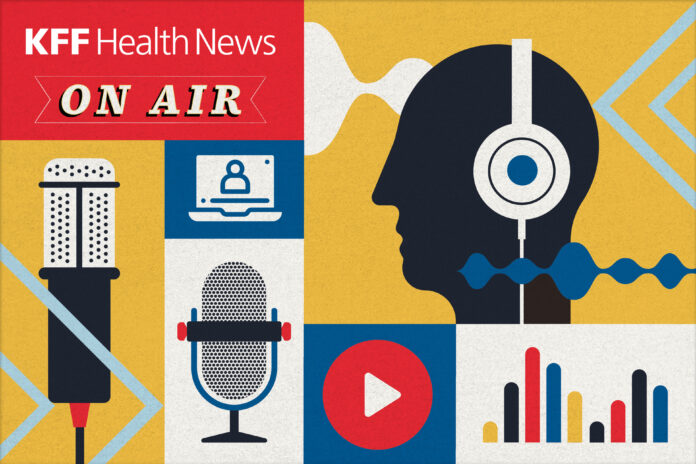Athletes who participate in combat sports like boxing and mixed martial arts and grow up in disadvantaged neighborhoods may be more likely to show signs of brain changes associated with neurodegeneration than athletes from affluent neighborhoods, according to a study published on August 13, 2025, in Neurology Open Access.
The study does not prove that socioeconomic disadvantage causes more changes in the brain. It only shows an association.
“It is well-known that high-impact sports such as professional fighting are at a greater risk of repetitive head injuries,” said study author Brooke D. Conway Kleven, DPT, Ph.D., of the University of Nevada, Las Vegas. “We found that socioeconomic status may influence how the brain responds to these repetitive impacts. Stressors related to income, employment, education and housing quality may compound the risks of repeated head trauma. Athletes from marginalized or under-resourced communities may face a heavier burden when it comes to brain health.”
The study included 100 professional combat sport athletes, 14% of whom were female and 43% of whom identified as Black, American Indian/Alaska Native, Asian, Pacific Islander or two or more races. All participants had a minimum of 10 professional fights and were currently active or recently retired from competition. They were followed for an average of five years and 20% developed thinking and memory problems.
Each participant had a magnetic resonance imaging (MRI) brain scan to assess brain structure. They also had annual check-ups to evaluate brain health.
Researchers looked at social factors that might impact health, including income, education and housing. To rank participants based on these factors, they used U.S. Census data and a measure called the Area Deprivation Index. Higher scores reflect greater disadvantage. Athletes were divided into three groups: those who grew up in neighborhoods with low, moderate or high disadvantage.
Researchers found that athletes from high-disadvantage neighborhoods had a thinner outer layer in certain areas of the brain, which can be an early sign of neurodegeneration. They also had smaller brain volumes in key areas: the thalamus was an average of 354 mm³ smaller and the cerebellar cortex was 2,478 mm³ smaller than in athletes from low-disadvantage neighborhoods, and the hippocampus volume was lower compared to those in moderately disadvantaged neighborhoods.
When researchers adjusted for high levels of a protein that is a hallmark of damage in the central nervous system, they found that volumes in the thalamus were about 60% lower in those from high-disadvantage neighborhoods than those in low-disadvantage neighborhoods.
“The findings support a broader understanding of brain health—one that considers not just training or fight history, but also the social and economic context in which people live,” Conway Kleven said. “Our study suggests that where someone grows up matters. Recognizing stressors can help inform more equitable approaches to protecting long-term brain health.”
A limitation of the study is that only athletes currently training or recently retired were included, not long-retired athletes, which could have led to a lower percentage of people with cognitive impairment.
More information:
Brooke D. Conway Kleven et al, Evaluation of Socioeconomic Disadvantage as a Risk Factor of Neurodegeneration Among Combat Athletes, Neurology Open Access (2025). DOI: 10.1212/WN9.0000000000000032
American Academy of Neurology
Citation:
For professional fighters, childhood disadvantage is linked to more brain changes later (2025, August 13)
retrieved 13 August 2025
from https://medicalxpress.com/news/2025-08-professional-fighters-childhood-disadvantage-linked.html
This document is subject to copyright. Apart from any fair dealing for the purpose of private study or research, no
part may be reproduced without the written permission. The content is provided for information purposes only.

